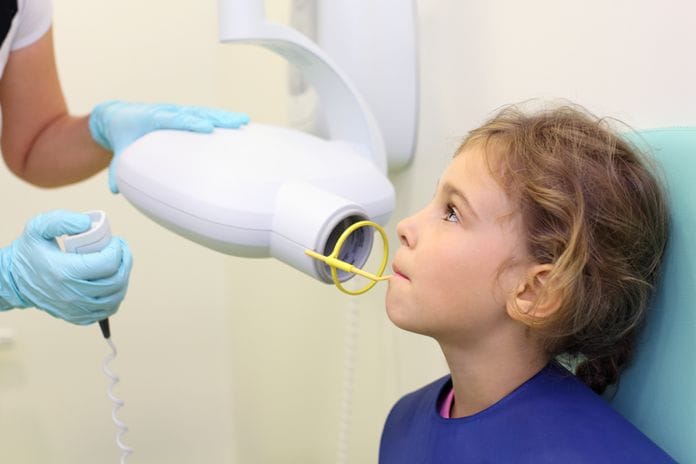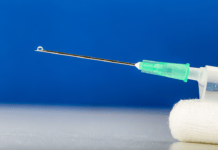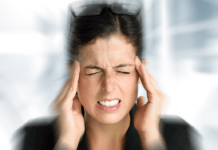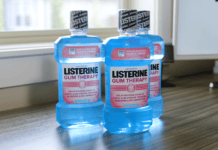I work in a pediatric office, and the doctor won’t buy a size 0 sensor. Because of this, to “get the shot” we are having to hold the sensor while exposing radiographs multiple times per day because of our patients’ small mouths. How do you address exposure concerns with the doctor?
This is a tough one because guidelines for operator safety while taking dental radiographs state the clinician must avoid the primary beam. Clinicians should never hold the sensor or tubehead in place for a patient during radiograph exposure. To avoid operator exposure, a clinician must stand at least 6 feet away from the tubehead during radiograph exposure.1 If the sensor needs to be held, the patient should hold it. However working in pediatrics, this isn’t really a great option.
I would suggest addressing this with the doctor by “sandwiching” the conversation. What I mean by sandwiching is, start the conversation with positive things; I love the office, our team works great together, etc. Next, bring up your concerns about radiation exposure. Explaining due to the fact you don’t have a size 0 sensor you (and others) have to hold the sensor to get the shot, multiple times per day, causing excess radiation exposure. Then you can suggest purchasing the proper sized sensor, either that or the doctor needs to be okay with “not getting the shot.” However, when it comes to “not getting the shot,” for the doctor to properly diagnose and treat a patient, this can only go on for so long because the standard of care must be upheld. In other words, to uphold the standard of care, you need a smaller sensor. After voicing your concerns, end on another positive note, something like, “working here is great; I just want everyone to be safe.”
If you don’t have a dosimeter, this might be a good time to bring up the suggestion that everyone taking radiographs should be wearing one. On a side note, if you do get dosimeters and they come back with a positive reading, the doctor has no choice but to fix the situation.
I should mention that OSHA requires employers to provide a safe workplace and this includes limiting exposure to radiation. According to the American Dental Association Council for Scientific Affairs, “Although dental professionals receive less exposure to ionizing radiation than do other occupationally exposed health care workers, operator protection measures are essential to minimize exposure. Operator protection measures include education, the implementation of a radiation protection program, occupational radiation exposure limits, recommendations for personal dosimeters and the use of barrier shielding. The maximum permissible annual dose of ionizing radiation for healthcare workers is 50 millisieverts (mSv) and the maximum permissible lifetime dose is 10 mSv multiplied by a person’s age in years. Personal dosimeters should be used by workers who may receive an annual dose greater than 1 mSv to monitor their exposure levels. Pregnant dental personnel operating x-ray equipment should use personal dosimeters, regardless of anticipated exposure levels.2”
You could show your doctor this information and further information from the OSHA website. Again, if you do get dosimeters and they come back positive after testing, and the doctor won’t remedy the situation, that’s when OSHA may need to be alerted to the situation. That’s what OSHA is there for, employee protection.
This is a tough topic to tackle, but being straightforward with your concerns to the doctor (including facts from the ADA and OSHA’s website) is probably the best course of action. Best of luck!
SEE ALSO: Tips for When Patients Question or Refuse Radiographs
DON’T MISS: Ask Kara RDH: How Often Should I Sharpen My Instruments?
References
- Iannucci, J.M., Howerton, L.J. (2017). Dental Radiography Principles and Techniques (5th ed.). St. Louis, MO: Elsevier.
- American Dental Association, Council on Scientific Affairs and Human Services, Public Health Service, Food and Drug Administration. Dental Radiographic Examinations: Recommendations for Patient Selection and Limiting Radiation Exposure. Rev. 2012. Retrieved from https://www.ada.org/~/media/ADA/Publications/ADA%20News/Files/Dental_Radiographic_Examinations_2012.pdf?la=en












